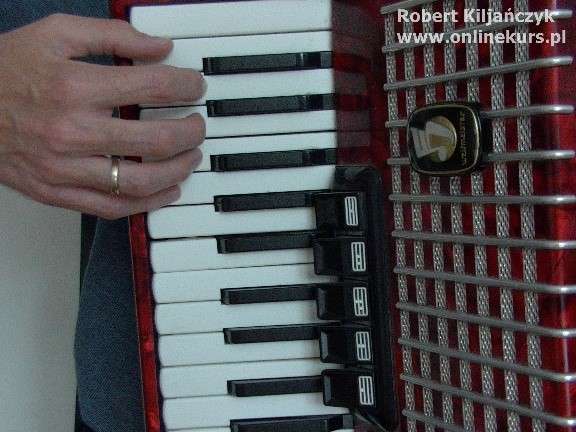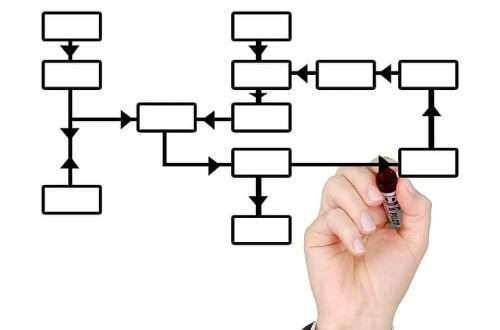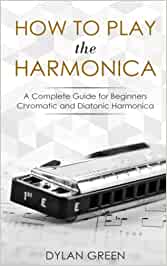
Learning the accordion from scratch – tutorial part 1 “Start”
Correct selection of the instrument
Like most instruments, accordions come in different sizes. Therefore, before starting to learn, the key issue is to correctly adjust the size of the instrument so that the learner has the best possible playing comfort. A six-year-old child will learn on a different instrument and an adult will learn on another.
Accordion sizes
The size of an accordion is most often determined by the amount of bass played with the left hand. Each manufacturer may offer a slightly different amount of bass in their individual models, but the most common sizes are accordions: 60, 80, 96 and 120 bass. It has been a certain standard for many years, which is offered by by far the largest number of known manufacturers. Of course, you can also find accordions, e.g. 72 bass or quite small ones dedicated to the youngest users with 16, 32 or 40 bass. Among the older instruments, we can find accordions, e.g. 140 bass, as well as those with an additional row of baritones, and then such an accordion can have a total of 185 basses.
Accordion for a child
In music, it is similar to sports, the sooner we start music education, the greater the chance of achieving a high level of skills. As a standard, you can start learning the accordion at the age of 6 in a music school. For such a six-year-old, a 40 or 60 bass instrument seems to be the most appropriate. It depends on the physical conditions of the child himself. It is known that if the child is very small, it would be better if the instrument was smaller. On the other hand, it should be remembered that children of this age grow quickly. So if the larger size is not too much too big, it is probably better to opt for a slightly larger instrument so that it will last longer for the child.
An accordion for an adult
There is a certain freedom here and generally not only physical considerations play a major role, but it also has a lot of importance as to the skills, type of music and, above all, purely musical needs. This is the standard assumption that the 120 is dedicated to an adult. This is, of course, due to the fact that on this accordion we will play everything in every key that is written for the accordion. However, if we do not use the entire scale in our music and play, for example, only simple melodies, then we will also need an accordion, e.g. 80 bass. Remember that the smaller the instrument, the lighter it is, and therefore more comfortable for people who use it, for example, while standing, or for people who have back problems and for health reasons should not play an instrument that is too heavy.
Start learning – correct posture
If we already have a properly matched instrument, when starting to learn, first of all remember about the correct posture at the instrument. We should sit in the front part of the seat, slightly leaning forward, where the knee bend angle should be approx. 90 °. Therefore, you should also choose the appropriate height of a chair or stool. You can also get an adjustable bench and then you can easily adjust the height of the seat to your height. You must also remember to properly adjust the length of the accordion straps, which are designed to pull the instrument so that it adheres to the player. These seemingly small details are very important for proper musical development, especially in the initial stage of our education, where our behavior is actually just developing. General characteristics and structure of the accordion instrument can be divided into three basic elements: Melodic side, that is where we play the keys or buttons with the right hand. The bass side, i.e. where we play the buttons with the left hand, and the bellows, which is the link between the right and left parts and is designed to force air into the speakers on which the reeds are placed.
The first exercise
In the left part of the accordion (on the bass side) on the side panel, in the upper part there is a single button that is used to force air in. As the first exercise, I suggest “dry”, that is, without pressing any keys or bass buttons, open and close the bellows smoothly with this air injection button. When opening and closing the bellows, remember to do it smoothly in such a way that only the upper part of the bellows opens and closes. When doing this exercise, count yourself aloud (1 and 2 and 3 and 4) looping the count.
Counting during the practice will allow you to locate a given measure in time and help you play evenly. Of course, the best guardian of time and equal playing is the metronome, which is worth using from the very beginning.

Exercise for the right hand
Place the fingers on the keyboard in such a way that the first finger, i.e. the thumb, rests on the note c1, the second finger on the note d1, the third finger on the note e1, the fourth finger on the note f1 and the fifth finger on the note g1. Then press the sounds from c1 to e1 to open the bellows by counting (1, 2, 3, 4) and then to close the bellows from g1 to d1, of course remembering to count and guide the bellows evenly.

How to find the C bass and C major chord
The C basic bass is more or less in the middle of the second row basses. This button usually has a characteristic dent, which makes it easy to locate this bass quickly. Most often the bass in the second row is played with the fourth finger, although this is not a rule. The C major chord, like all major chords, is located on the third row and is most often played with the third finger.
The first bass exercise
This basic first exercise will be to play equal four quarter notes. The 4/4 time signature means that the bar should contain values equal to e.g. a four crotchet or one whole note. We play the basic bass C with the fourth finger at once, and for the two, three and four we play the major chord in C major with the third finger.

Summation
The first struggles with the accordion are not the easiest ones. The bass side in particular can be very difficult at the beginning because we don’t have direct eye contact. However, do not be discouraged, because it is only a matter of time when we will find the individual basses and chords without any major problems.





